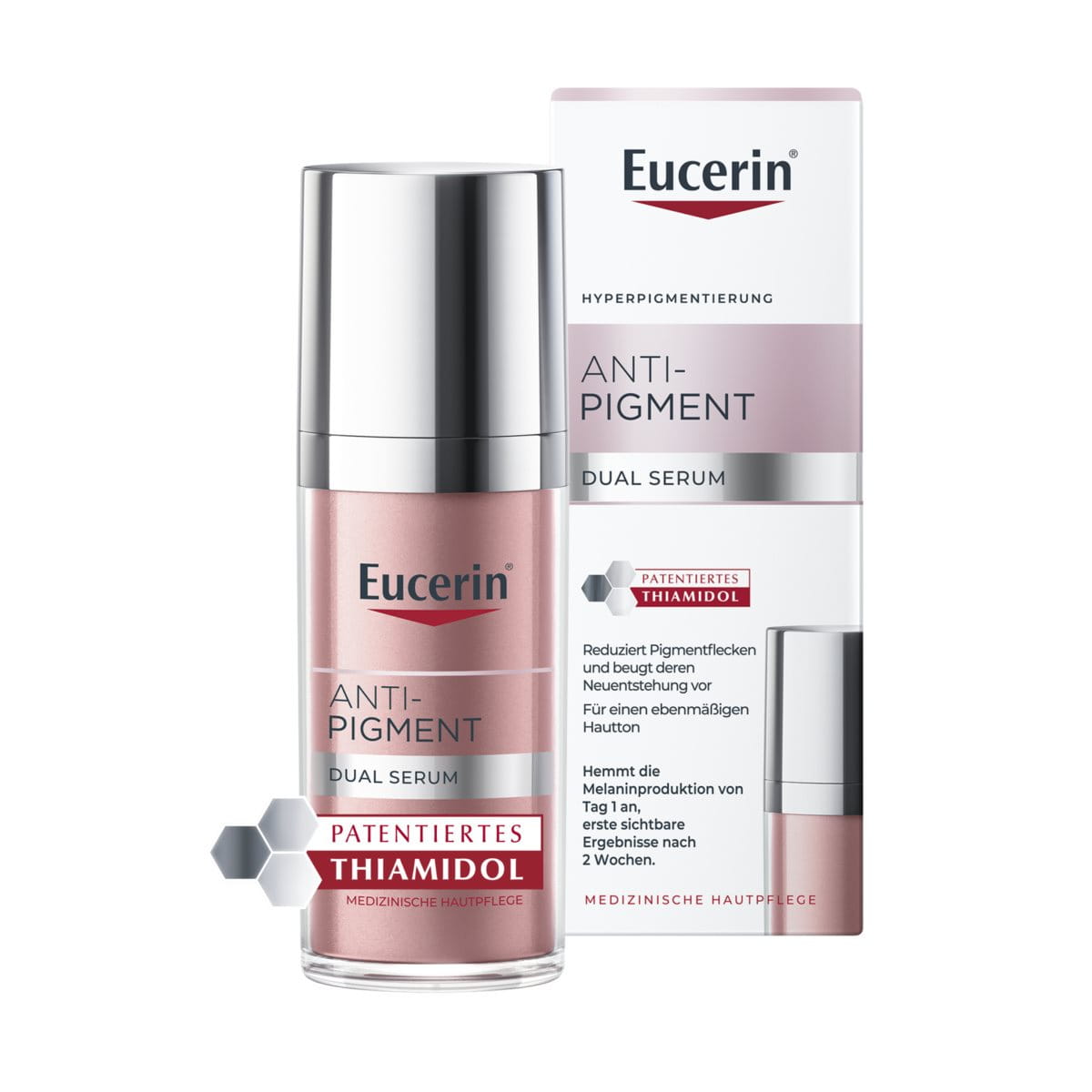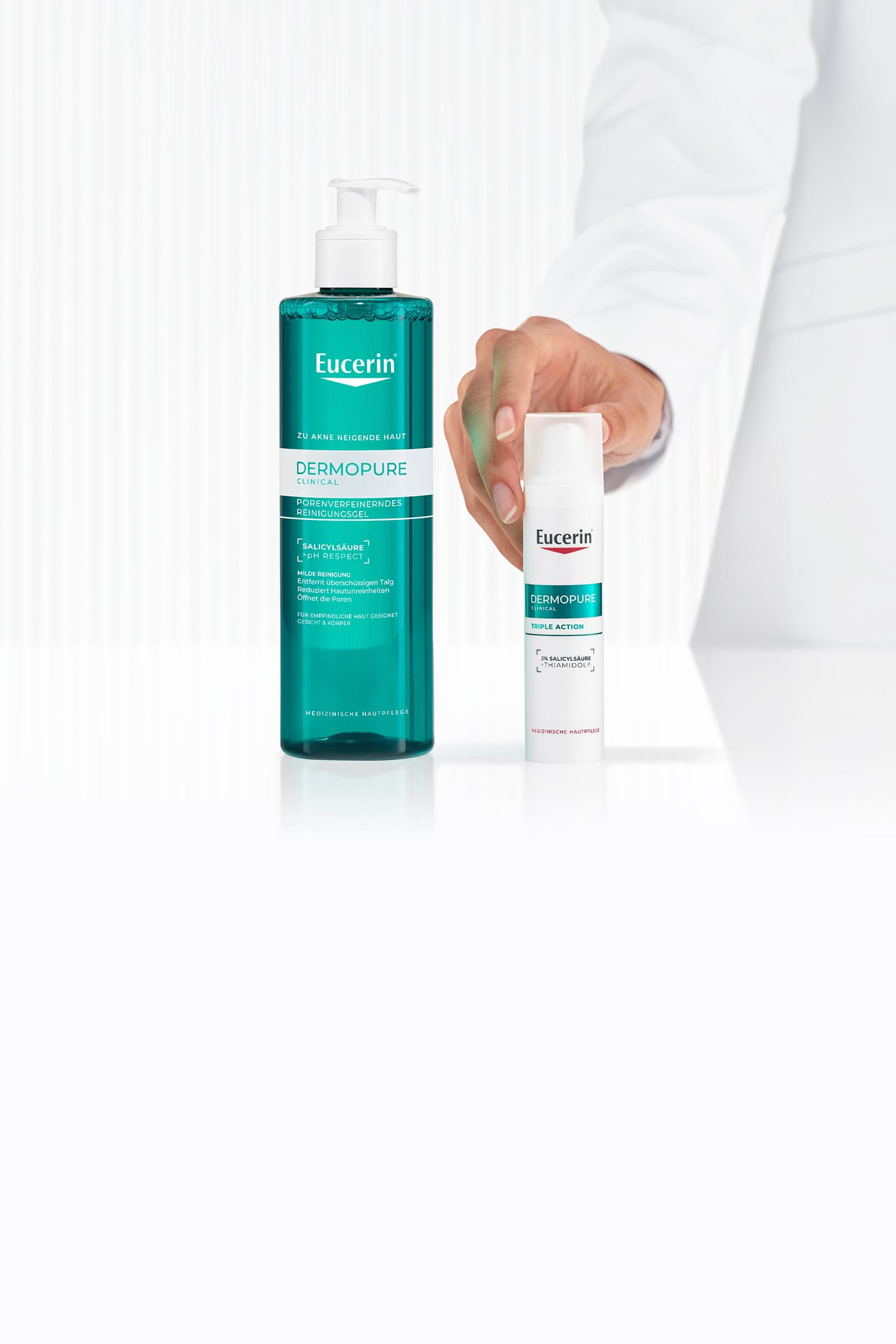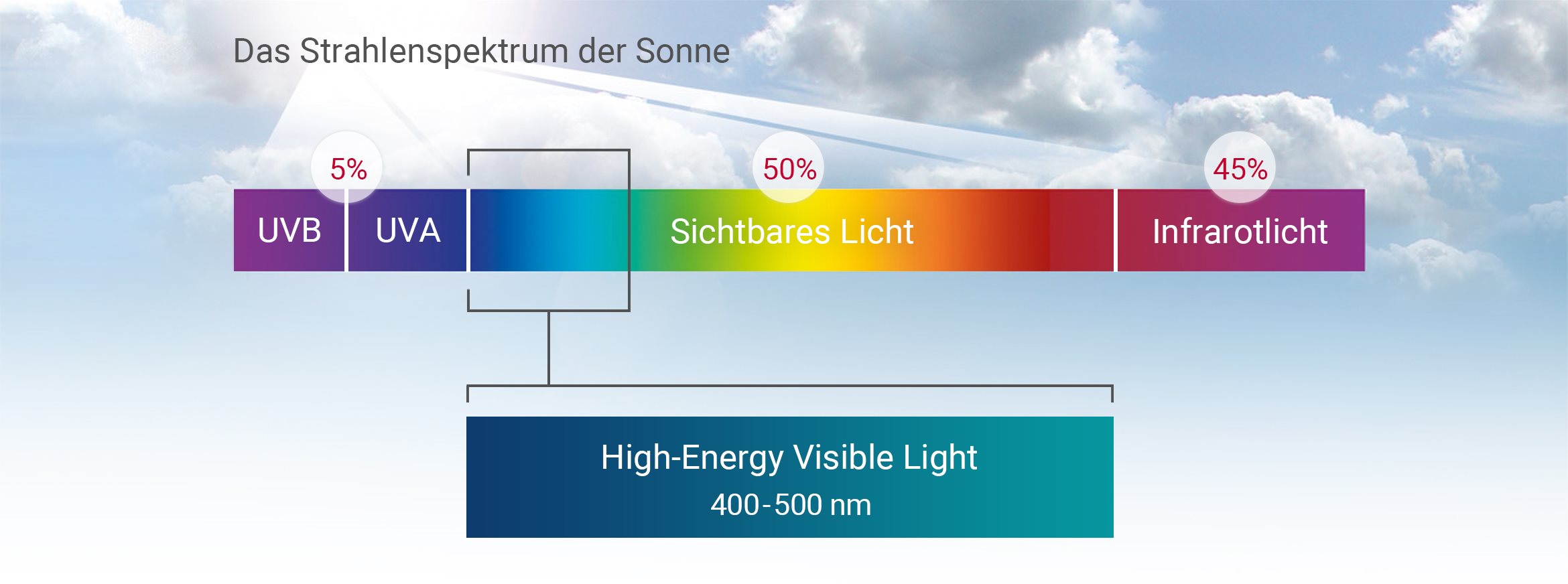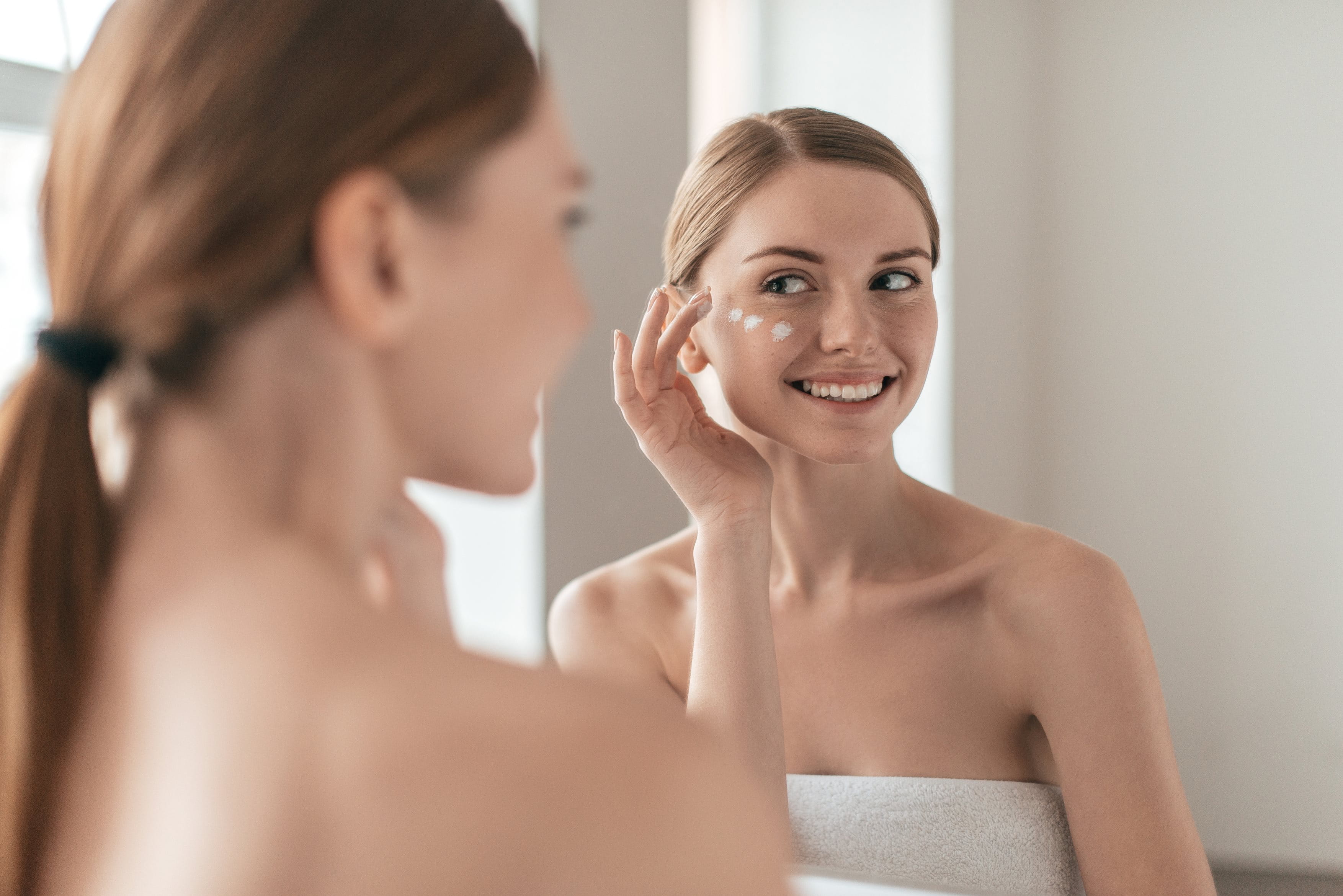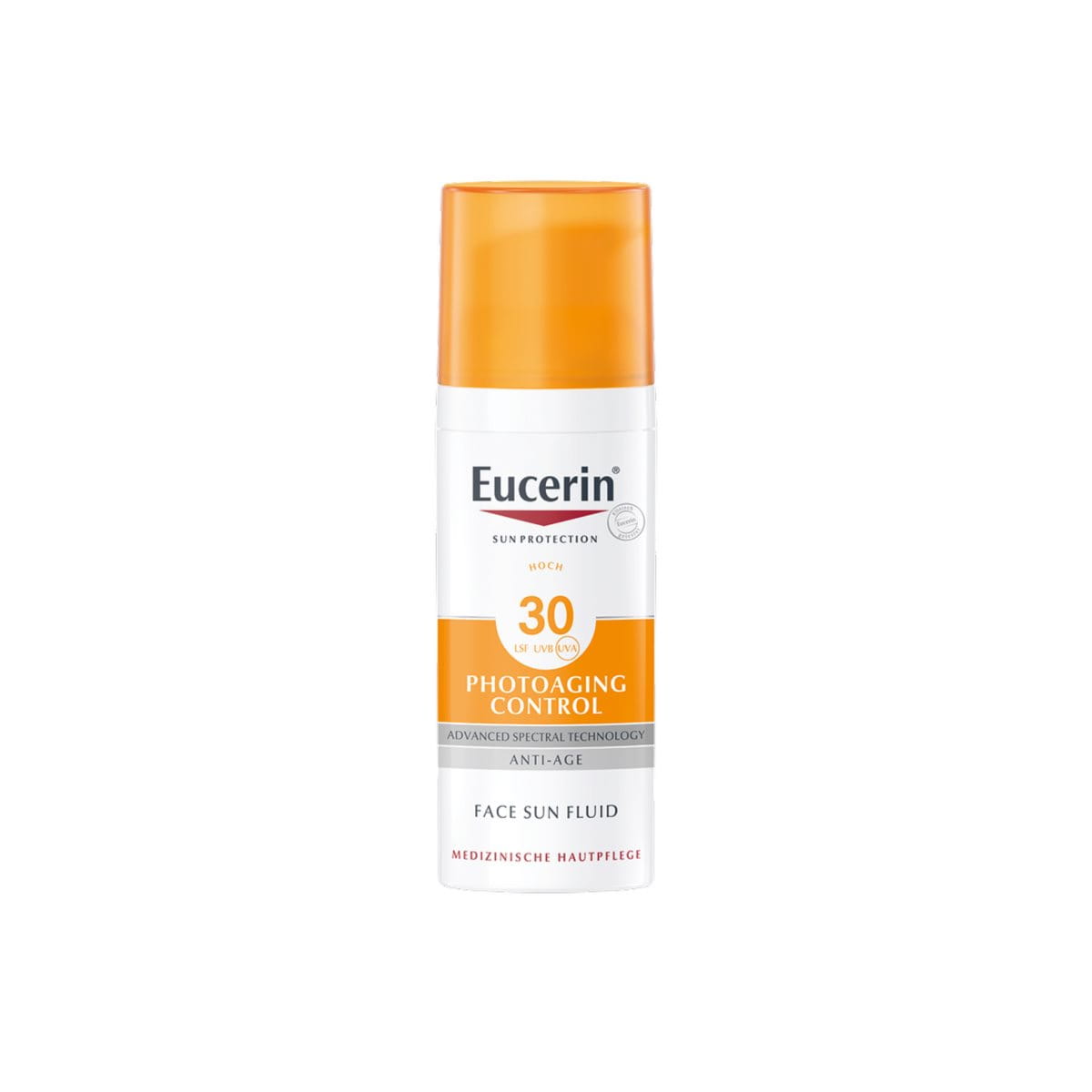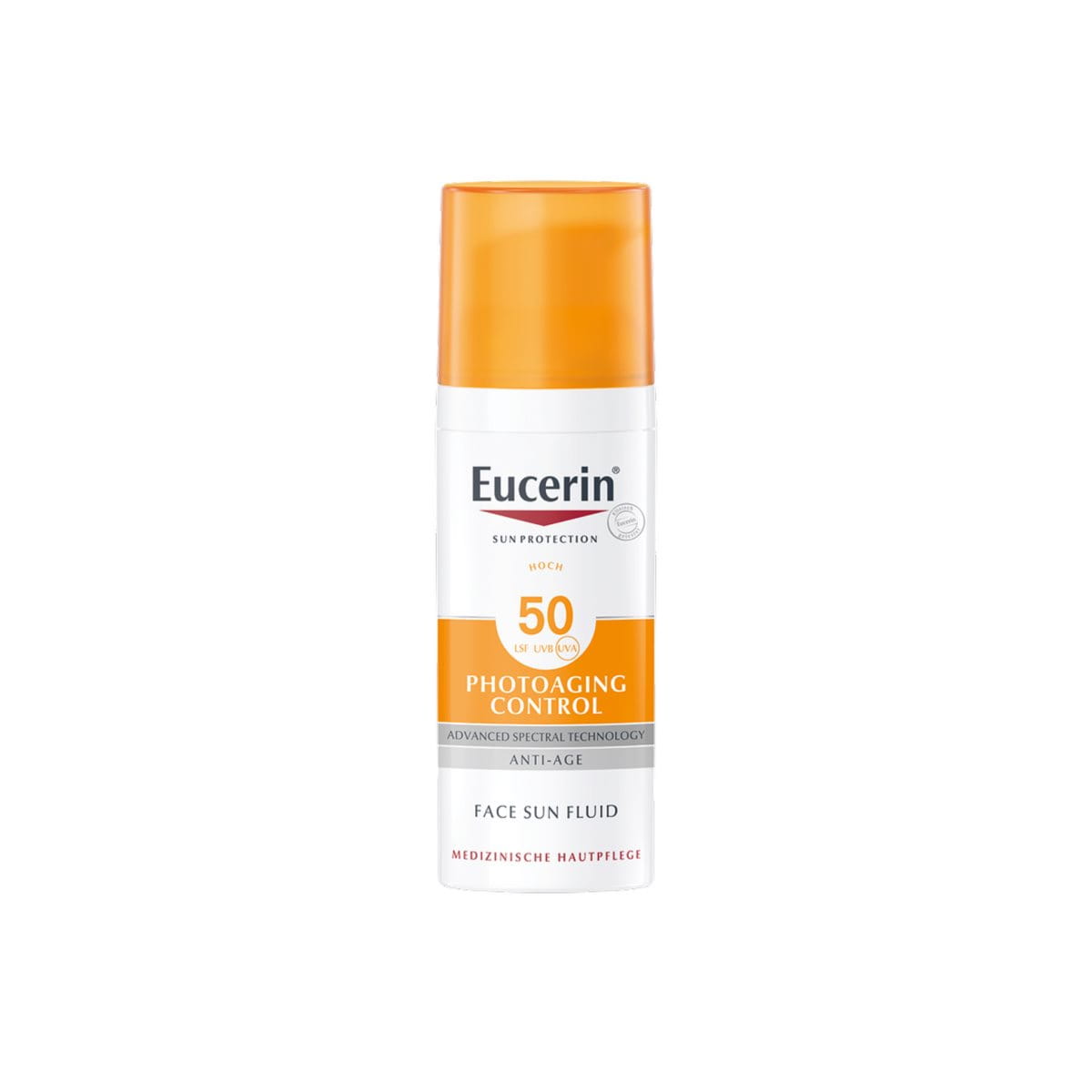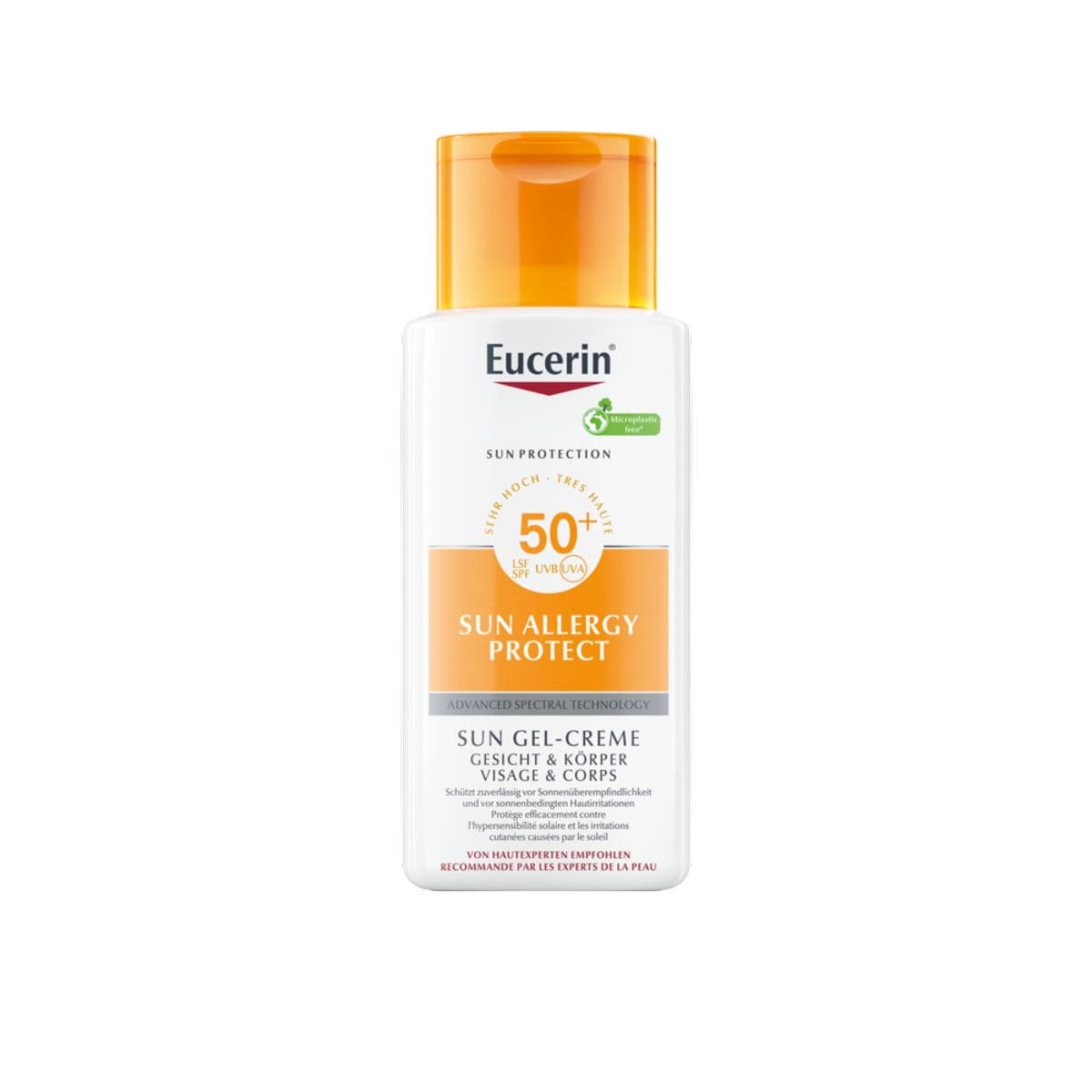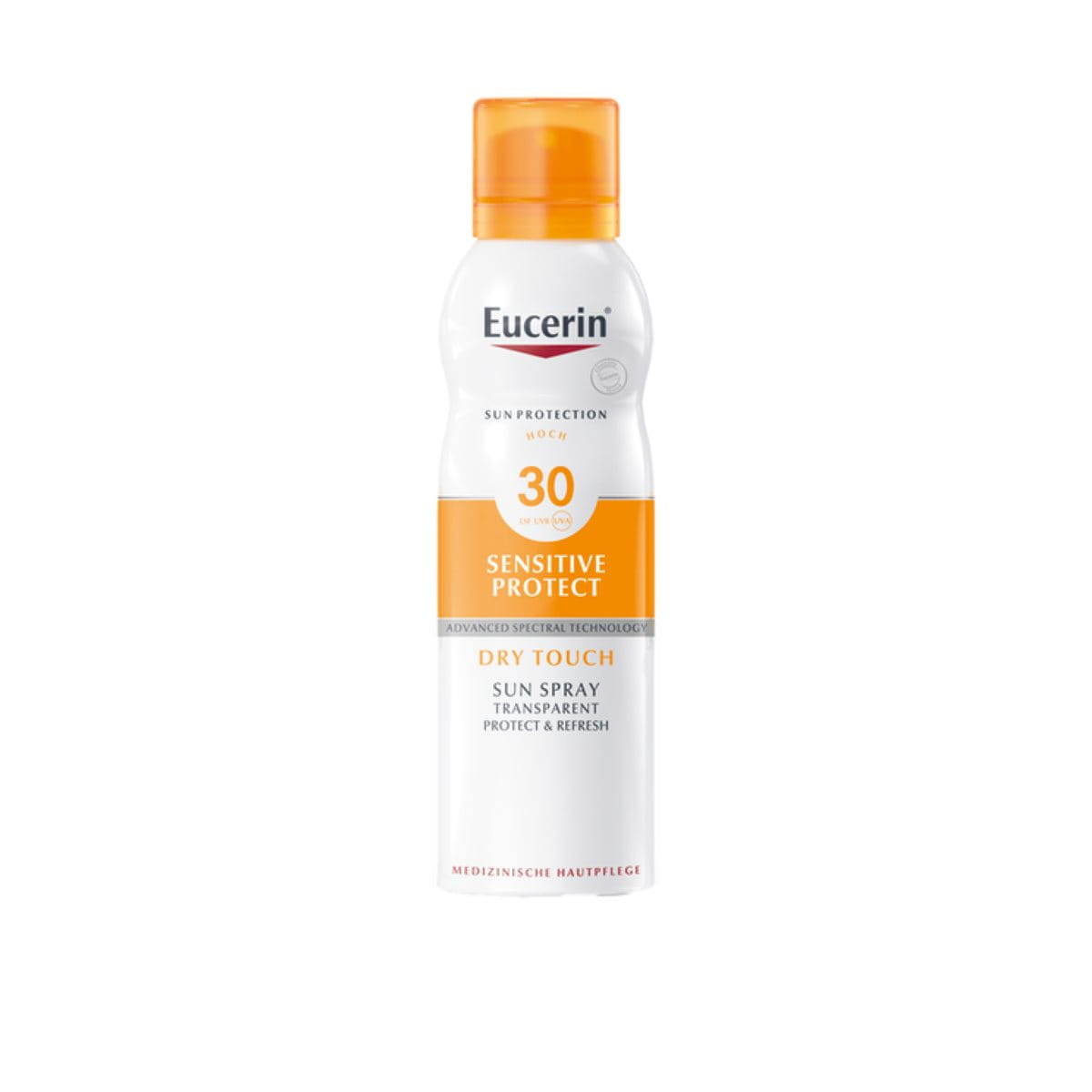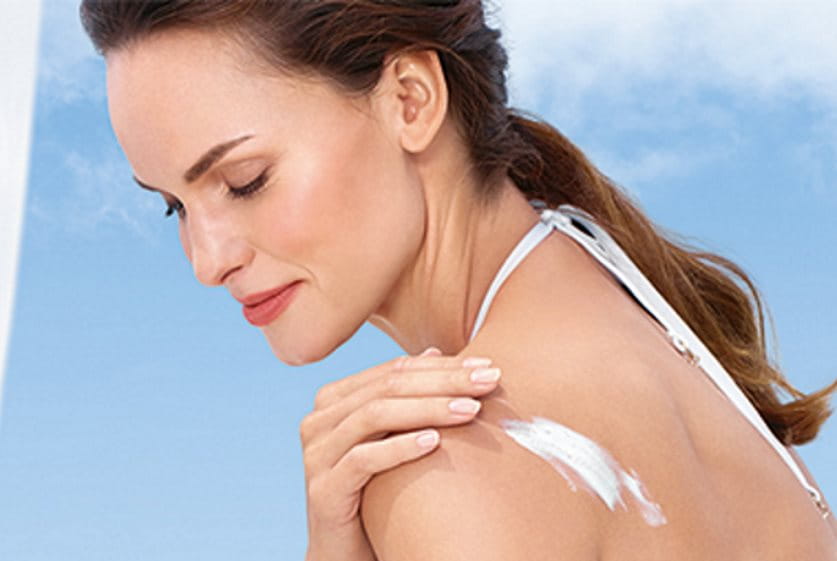Quellen:
¹ Zhang, T., et al. (2024). Skin photobiological effect induced by blue light: Clinical manifestation, mechanisms, and protection against photodamages. Journal of Dermatologic Science and Cosmetic Technology. https://doi.org/10.1016/j.jdsct.2024.100042
² Ladewig, S., et al. (2018). Licochalcone A protects from reactive oxygen species and matrix metalloproteinase-1 expression induced by high-energy visible light irradiation in vitro. Poster presented at the 27th EADV Congress, Paris, France. Poster No. P1674.
³ Albrecht, S., Jung, S., Müller, R., Lademann, J., Zuberbier, T., Zastrow, L., Reble, C., Beckers, I. & Meinke, M. C. (2019). Skin type differences in solar-simulated radiation-induced oxidative stress. British Journal of Dermatology, 180(3), 597–603. https://doi.org/10.1111/bjd.17129
⁴ The Skin Cancer Foundation. (2019). Photoaging: Was Sie über die andere Art des Alterns wissen müssen. https://www.skincancer.org
⁵ Liebel, F., et al. (2012). Irradiation of skin with visible light induces reactive oxygen species and matrix-degrading enzymes. Journal of Investigative Dermatology, 132(7), 1901–1907. https://doi.org/10.1038/jid.2011.476
⁶ Weiner, J. (2016). Is the blue light from your screen damaging your skin? Here’s what a dermatologist has to say. Bustle. https://www.bustle.com
⁷ Batzer, J., et al. (2018). Assessment of hazard potential of high-energy visible light from electronic devices for the skin. Poster presented at the 27th EADV Congress, Paris, France. Poster No. P1672.
